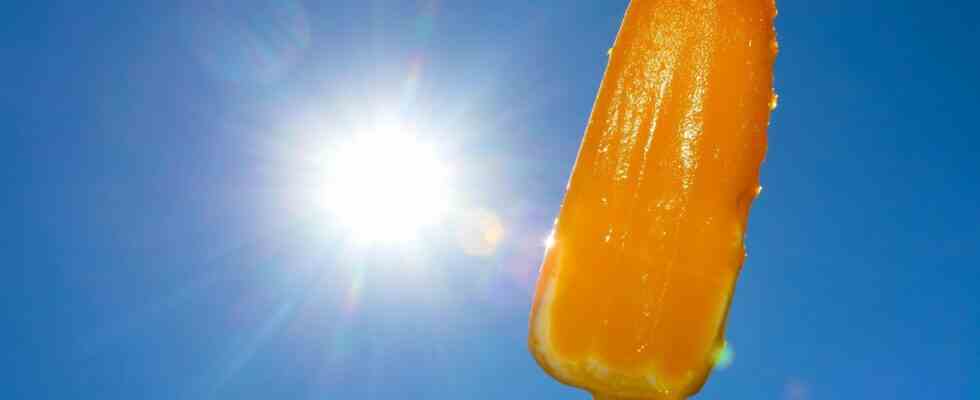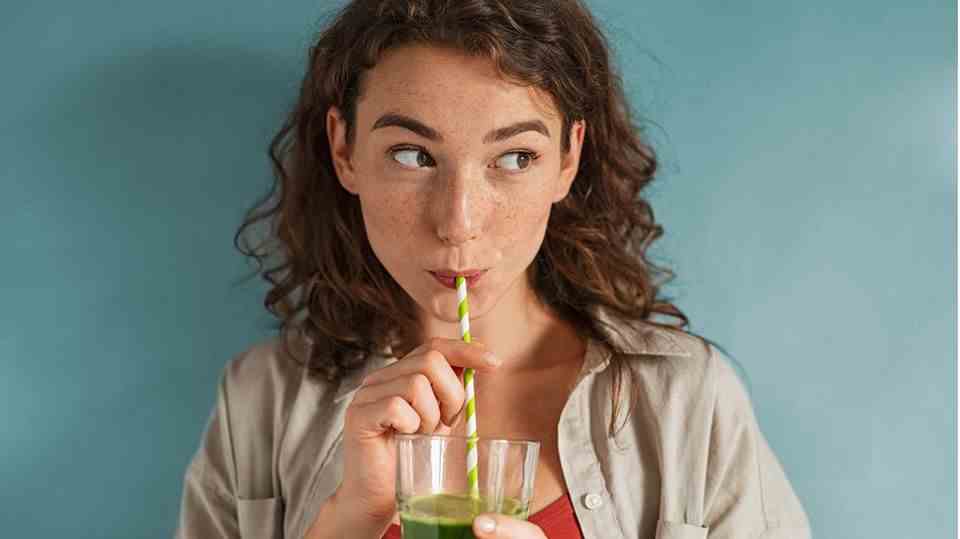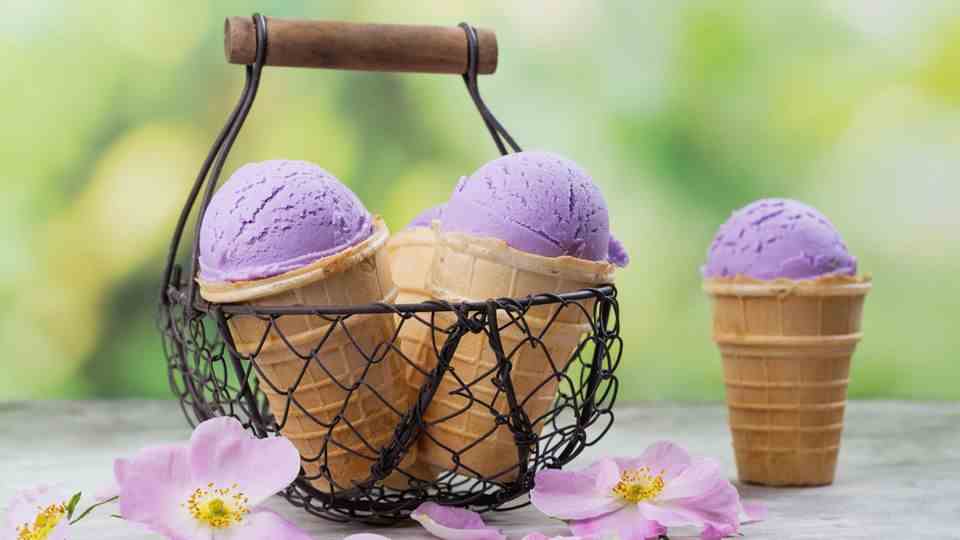test
Up to 18 sugar cubes per portion: Stiftung Warentest tests water and fruit ice cream and finds sugar bombs
To melt away or caries alarm? Stiftung Warentest has made its way through the ice cream range.
© Andreas Franke / Picture Alliance
Little real fruit, but lots of sugar: Stiftung Warentest has fed through the range of water and fruit ice cream. Two expensive organic products were particularly convincing. Good but also super cheap.
Ice cream is as much a part of summer as stripes are on a zebra. Especially water and fruit ice cream, whether on a stick or from a squeeze bag, is popular with children as a quick refreshment. The more colorful it is and the more artificial it tastes, the better it goes down. But can that be good? Stiftung Warentest reached into the freezer and tested 25 varieties. 15 fruit and water ice products for immediate eating and 10 self-freezing products were tested. These include many well-known brands, but also no-name products from the supermarket. In addition to the taste, the testers checked, among other things, how much sugar is in the sweet cooling and whether the color and aroma were artificially tricked.
Artificial Ice Pleasure
It’s a sore subject. You’ve only just licked the ice twice, the color and taste have already left it, and to make matters worse, it’s quickly pouring down your hand. Coloring agents and flavorings are to blame. According to “Warentest”, these have a different freezing point than ice and can therefore be easily sucked out of it. However, since the eye also eats and bright, colorful ice cream flavors are particularly popular with children, artificial coloring is also used in the production, for example in “Kratzeis Power Berry” by Paul Braun. “Warentest” complains that this unnecessarily contains two so-called azo dyes. The testers write that although these are approved, they are suspected of “impairing children’s attention and activity”.
But not only color is tricked. Because many manufacturers rely on artificial fantasy flavors instead of natural fruit flavors. Almost all self-freezing ice creams contained such fantasy flavors. However, all the aroma additives found were harmless to health. Every second self-freezing product scored “good” in the categories of sugar content and declaration. In the already finished products, only three out of 15 varieties achieved such a rating.
sugar shock
Every third ice cream for immediate eating turned out to be a real sugar bomb. Above all, the Florida ice cream in the tangerine flavor. The testers found the equivalent of around 18 sugar cubes per serving. Also, ice cream that comes in squeeze bags is often sweeter than it should be. Four out of five tested fruit and water ice products from the bag only get a “sufficient” in this category. If you want to have as little sugar as possible in the ice cream, you should take a close look at the fruit ice cream. It is not only sweeter than water ice cream, but also more sugary than vanilla and chocolate ice cream, which “Warentest” also tested. For comparison: 100 grams of fruit ice cream sometimes contained up to 12 sugar cubes. The sweetest vanilla ice cream came in at 10, the chocolate ice cream at nine sugar lumps. But the cream ice cream is many times richer in calories.
Good can also be cheap
Stiftung Warentest recommends two organic ice cream products on a stick and praises the fact that they do not contain any added aroma and contain little sugar. But that also costs. These are the most expensive products in the test. Froobie’s fruit ice cream charges a crisp 3.35 euros per 100 milliliters (ml). The much cheaper “Freezies” (75 cents/100 ml) from Capri-Sun can also keep up. According to the testers, these taste “artificial and very sweet”, but they get by with less sugar than the ice cream from the organic competition. And even the cheapest product in the test performed better in this category than the praised organic ice cream varieties. The Alaska Boys’ “Ice Sticks” for self-freezing are already available for 16 cents per 100 milliliters.
You can read the complete test for a fee test.de



